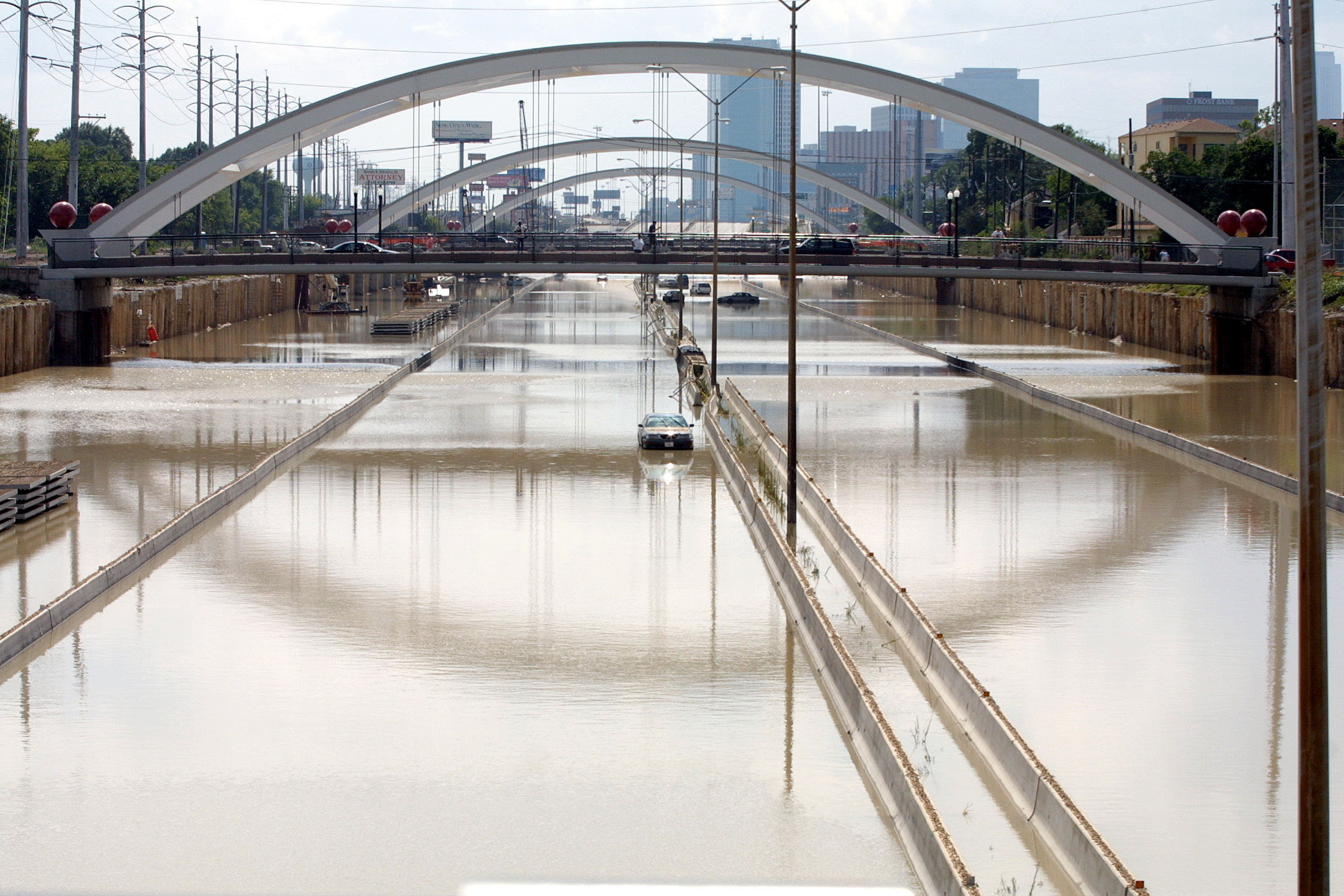With the remnants of Tropical Storm Bill producing heavy rains over Texas and then Oklahoma I am reminded of a storm named Allison.
In 2001, one of the most destructive tropical storms on record formed in the Gulf of Mexico. Named a tropical storm on June 5th when sustained winds reached 40 mph, Allison meandered around the northwestern Gulf of Mexico before making landfall in the upper Texas Coast.
As is characteristic across the southern United States during the summer months, steering currents are very weak so without any winds in the upper atmosphere to guide the remnants of Tropical Storm Allison, she just remained stationery across the southern states leading to devastating flooding.
Tropical storms and hurricanes are like giant sponges capable of dumping copious amounts of rainfall which is often more damaging than the winds from a tropical system.
Even weak or dying tropical storms can produce devastating flooding. Tropical systems weaken after they make landfall and are cut off from their fuel source – warm ocean water – and when these remnants are left over a particular land area for very long, devastating flooding can result.
Some storms can even feed off of what is known as the brown ocean effect. When storms lose access to their real source of energy, warm open water, they can sometimes maintain strength from the excess water on the ground from flooding and the high moisture content in the soil.
Eventually, the remnants of Allison moved northeastward bringing the Metro Area significant rainfall. In fact, on June 16th, 2001, National Airport saw a daily rainfall record of 1.64 inches.
According to FEMA, flooding from Allison and its remnants caused over $2 billion in damage while there were, tragically, 41 fatalities from Texas to Pennsylvania. Allison never reached hurricane status.
Like this story? Like Tenacious Topper on Facebook.
MORE FROM TOPPER:


